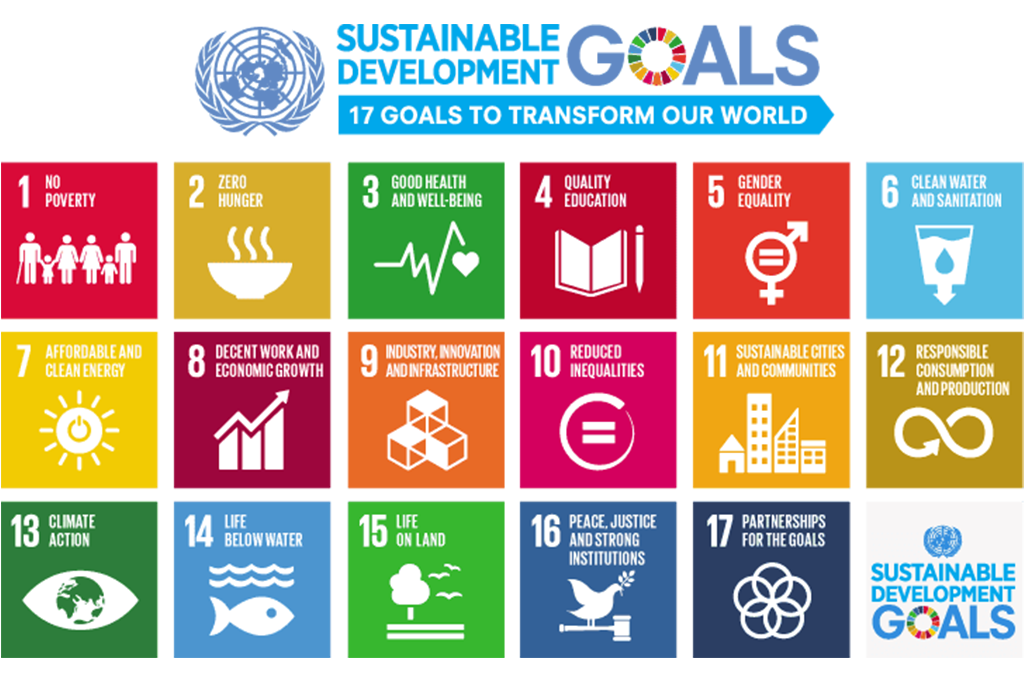Climate change has significant implications for the global water cycle, affecting precipitation patterns, snowmelt, evaporation rates, and groundwater recharge. These changes exacerbate water scarcity in vulnerable regions and create challenges for managing freshwater resources sustainably.
Changes in Precipitation and Snowmelt
Rising temperatures due to climate change have altered global precipitation patterns, increasing the frequency and intensity of droughts and storms. Studies by Trenberth (2011) indicate that warmer air holds more moisture, intensifying rainfall and flood events. Conversely, prolonged dry spells are becoming more frequent in arid regions, leading to severe drought conditions. Snowmelt, a critical source of freshwater in many areas, is also impacted. Warmer winters cause early snowmelt, reducing water availability during peak demand periods in summer (Barnett et al., 2005).
Impact on Evaporation and Soil Moisture
Higher temperatures increase evaporation rates, intensifying water loss from reservoirs, rivers, and soil. Evaporation in large water bodies like Lake Mead has increased significantly, reducing water storage capacity (Christensen & Lettenmaier, 2007). Changes in soil moisture, crucial for agriculture, are also observed. According to Seneviratne et al. (2010), declining soil moisture due to elevated evaporation rates threatens crop yields, impacting food security in regions already facing water stress.
Groundwater Recharge and Depletion
Climate change affects groundwater recharge by altering precipitation timing and intensity. Increased frequency of intense storms leads to more surface runoff, reducing the amount of water that infiltrates and recharges aquifers (Taylor et al., 2013). Regions reliant on groundwater, such as India and parts of the United States, face long-term risks of depletion due to reduced recharge rates. Taylor et al. also emphasize that climate models need better integration with hydrological data to accurately project groundwater impacts.
Modeling Climate Impacts on Water Availability
Advanced climate models, like the Coupled Model Intercomparison Project (CMIP6), simulate the impacts of temperature changes on the hydrological cycle, providing valuable data on regional water availability. CMIP6 models suggest a 10-20% decrease in water availability in the Mediterranean and southern Africa by 2050 (O’Neill et al., 2016). Integrating remote sensing data with climate models allows researchers to monitor real-time changes in water cycles, providing a more adaptive approach to managing freshwater resources.
Towards Adaptive Water Management
Addressing climate impacts on the water cycle requires adaptive management strategies. These include promoting groundwater recharge techniques, improving water storage infrastructure, and adopting water-efficient agricultural practices. Policy measures that support sustainable water management, coupled with innovations in climate modeling, can help build resilience against future water shortages.








